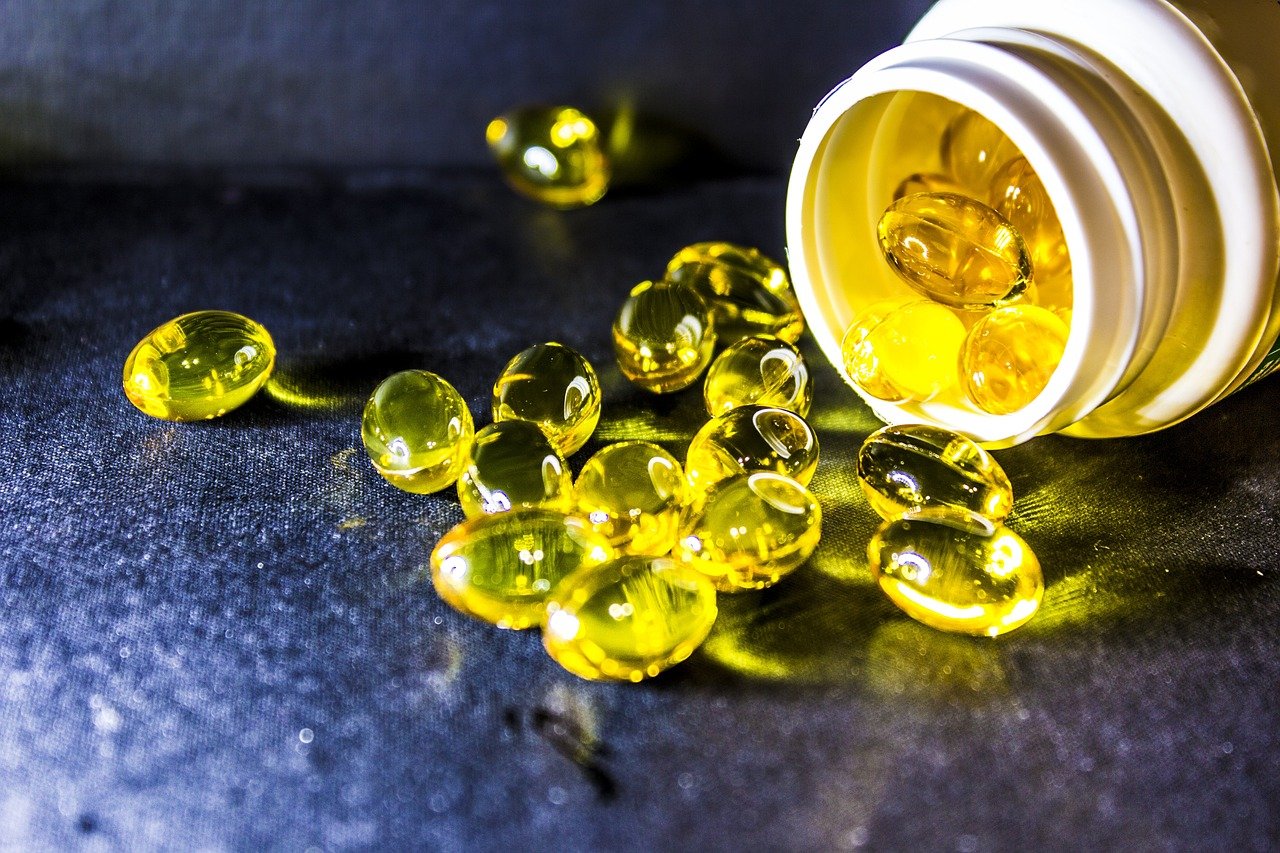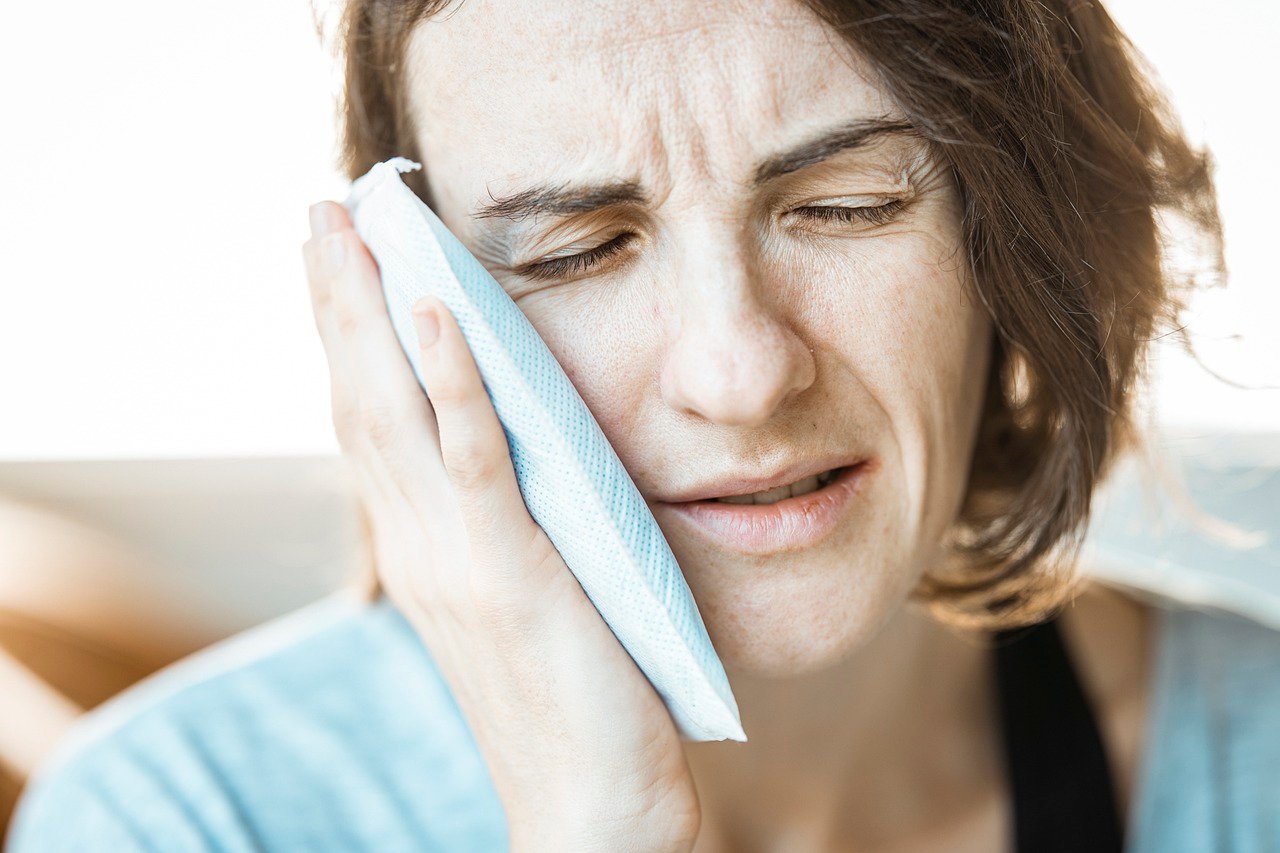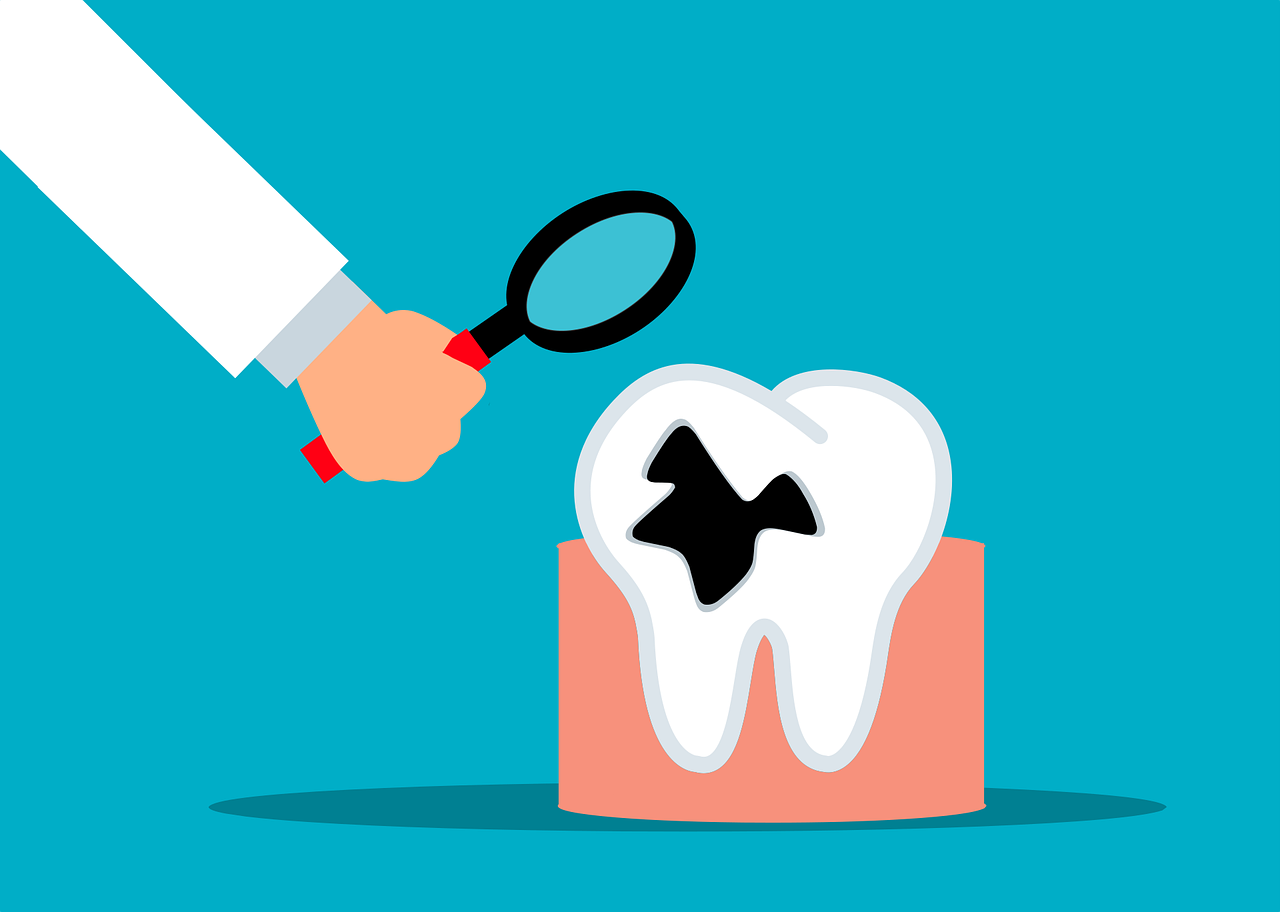New knowledge of osteoarthrosis must be gained if the later years of our lenghtening lives are not to be plagued by increasing pain and disability
-J.H.Kellgren
Osteoarthritis (OA), also called by osteoarthrosis or arthrosis is a common disease that is caused by degenerative process primarily affecting the articular cartilage. Articular cartilage is a connective tissue that is composed of chondrocytes which are embedded in a matrix of proteoglycans (PGs) and type II collagen (coll II). OA is the most frequent forms of arthritis and is one of the leading causes of reducing and limiting the quality of life among the population of over 50 years of age. The clinical condition of osteoarthritis involves pain and stiffness of joint as well joint effusion and joint deformities. The aetiology of OA is contributed by multifactorial factors including Biological, Genetic, Biochemical, nutritional and Mechanical. Though, OA is a disease causing destruction of the cartilage, it should be considered to be a disease of entire joint involving cartilage, ligaments, synovial membrane and the bone.
Temporo-mandibular joint disorders are a broad group of clinical problems involving masticatory musculature, temporo-mandibular joint (TMJ), surrounding bony and soft tissue components, and combination of these structures. The multifactorial aetiology of temporo-mandibular disorders include:
a. Parafunctional habits (nocturnal bruxism, tooth clenching, lip or cheek biting)
b. Emotional distress
c. Acute trauma to the jaw
d. Trauma from hyperextension (for example: dental procedures, oral intubations for general anesthesia, yawning, hyperextension associated with cervical trauma)
e. Instability of maxilla-mandibular relationships
f. Laxity of the joint
g. Comorbidity of other rheumatic or musculoskeletal disorders
h. Poor general health and an unhealthy lifestyle
The classification of temporo-mandibular disorders according to the American Academy of Orofacial Pain is as follows:
Diagnostic category Diagnoses
Cranial bones (including the mandible) Congenital and developmental disorders: aplasia, hypoplasia, hyperplasia, dysplasia (eg: first and second branchial arch anomalies, hemifacial microsomia, Pierre Robin syndrome,Treacher Collin’s syndrome,, condylar hyperplasia, prognathism, fibrous dysplasia)
Acquired disorders (neoplasia, fracture)
TMJ disorders Deviation in form
Disc displacement (with reduction; without reduction)
Dislocation
Inflammatory conditions (synovitis, capsulitis)
Arthritides (osteoarthritis, osteoarthrosis, polyarthritides)
Ankylosis (fibrous, bony)
Neoplasia
Masticatory muscle disorders Myofascial pain
Myositis spasm
Protective splinting
Contracture
Adapted from de Leew R. Orofacial pain: guidelines for assessment, classification, and management. The American Academy of Orofacial Pain. 5th edition. Chicago: Quintessence Publishing; 2013
Some of the causes which are commonly associated with articular and non-articular temporo-mandibular disorders can be listed as (Adapted from Ghali GE, Miloro M, Waite PD, et al, editors. Peterson’s principles of oral and maxillofacial surgery. 3rd edition. Shelton (CT): People’s Medical Publishing House-USA; 2012):
1. Articular disorders
a. Osteoarthritis
b. Trauma
c. Infectious arthritis
d. Prior surgery (iatrogenic)
e. Gout/pseudogout (crystal arthropathies)
f. Psoriatric arthritis
g. Rheumatoid arthritis (RA)/ juvenile RA
h. Ankylosing spondylitis
2. Non-articular disorders
a. Myofascial pain
b. Acute muscle strain
c. Muscle spasm
d. Fibromyalgia
e. Chronic pain conditions
f. Myotonic dystrophy
The cartilage present at the condylar end of temporo-mandibular joint is categorized under secondary cartilage that is formed by periosteum or endosteum. It has both the fibro-cartilagenous and hyaline-like character with a thin proliferative zone that separates the fibro-cartilagenous fibrous zone at the surface from the hyaline-like mature and hypertrophic zones below. The complexities of the TMJ condylar cartilage distinguish it from both well-characterized hyaline cartilage and the TMJ disc.
The primary form of osteoarthritis is triggered by mechanical overloading of the cartilage, which in turn gives rise to a vicious cycle of inflammation. In normal conditions, the joint cartilage is subjected to the dynamic equilibrium of anabolic (chondroformation) and catabolic processes (chondroresorption). Any disturbance in this equilibrium can activate the disease process of osteoarthritis. The degradation of the joint cartilage occurs because of the inflammatory mediators including interleukin I (IL-1) and tumor necrosis factor (TNF). These inflammatory mediators induce greater expression of metalloproteinases (MMPs) and nitric oxide (NO), the main catabolic agents involved in joint cartilage lesions.
The injured cartilage gives an attempt over the increased matrix synthesis and the repair of the cartilage whereas the exuberant osteophytes stabilize the joint, preventing any injurious instability. An increased formation of the subchondral bone formation is seen in the deeper parts of the cartilage loss and the bone formation is seen in the calcified cartilage. Also, extensive bone remodelling deep to the cartilage results in dense bone formation, with obliteration of intra-trabecular spaces. At the margins of the joint, chondral structures form at the site of tension, and endochondral ossification occurs in these structures producing chondro-osteophytes. Hypertrophic osteoarthritis is a variant of osteoarthritic disease where multiple large osteophytes exist. Synovial involvement in osteoarthritis may contribute to the disease by
1. serving as the source of cytokines such as IL-1 that may turn off chondrocyte-mediated cartilage matrix synthesis and trigger synthesis of degradative enzymes
2. being a site for nociceptive fibers
3. secreting excess synovial fluid that makes the joint lax and vulnerable to injury.
Epidemiology
It has been estimated that over 75% of the population over the age of 65 years present with osteoarthrosis in one or more joints. According to some of the American studies, 12.1% of the individuals over the age of 25 years present with clinical signs and symptoms of osteoarthrosis and that 6% and 3% of the individuals over the age of 30 years present with osteoarthrosis symptoms in the knees and hips, respectively.
Risk factors
There are a number of risk factors involved which have a susceptible role in the development of osteoarthritis or its progression. Some of these include:
1. Systemic factors
a. Age
b. Gender
c. Genetic susceptibility
d. Nutritional factors
2. Intrinsic joint vulnerabilities
a. Previous damage (e.g. menisectomy)
b. Bridging muscle weakness
c. Malalignment
d. Proprioceptive deficiencies
e. Laxity
3. Extrinsic factors acting on joints
a. Obesity
b. Specific injurious activities
Treatment
Temporomandibular joint osteoarthritis (TMJ-OA) is a self-limiting disorder and needs no active treatment. The conservative approach to treat TMJ-OA includes non-pharmacological methods, physical agents and the alternative therapies. Physiotherapy, occupational therapy, weight loss and exercise contribute in the treatment of osteoarthritic TMJ. The pharmacological management of TMJ-OA has been broadly divided into three main categories:
a. Analgesics and Non-Steroidal Anti-Inflammatory Drugs (NSAIDS)
b. Symptomatic slow acting drugs for osteoarthritis; and
c. Chondro-protective or disease modifying drugs
The NSAIDS are effective for pain relief and for the improvement of overall function of TMJ movement. Glucosamine and chondroitin have emerged as biological alternatives to drug treatment. Glucosamine, 2-amino-2-deoxy-D-glucose, is an amino monosaccharide that is an essential component of mucopolysaccharide and chitin. Glucosamine sulfate (GS) is a symptomatic slow acting drug used to treat osteoarthritis, hence falls under the second category. GS is an amino-monosaccharide and also one of the basic components of the disaccharide units of articular cartilage glycosaminoglycans.
Glucosamine is universally proclaimed to be a remedy for osteoarthritis on the basis of its presence in cartilage proteoglycans and hyaluronic acid. The three forms of glucosamine that are used in the treatment of osteoarthritis include glucosamine hydrochloride, glucosamine sulfate and N-acetyl glucosamine. The late 1990s was the period of explosion of public interest for glucosamine. Because of the higher concentration of glucosamine in the joint, the hypothesis of glucosamine supplements providing symptomatic relief in osteoarthritis has been laid down. This hypothesis has been tested and verified after many clinical trials (Institute of Medicine, 2004) and the supplements are being widely used to treat the arthritis. Approximately 0.06mmol/L serum levels of glucosamine could be achieved followed by oral intake. The studies have shown that the serum glucosamine in healthy men can reach upto 0.04 mmol/L even when they are not consuming supplemental glucosamine. About 90% of glucosamine is absorbed on oral intake in the human beings. Intravenous infusion of 9.7 g of glucosamine produced steady state serum glucosamine concentrations of 0.65 mmol/L. It has been estimated that orally administered glucosamine has only 26% of the bioavailability of intravenously administered glucosamine. A significant fraction of orally administered glucosamine undergoes first-pass metabolism in the liver. Blood levels achieved after oral glucosamine are only 20% those achieved with intravenous glucosamine.

Chondroitin is a glycosaminoglycan (GAG) that is found in several different types of tissues, including hyaline cartilage. It stimulates the synthesis of cartilage, and also acts toward inhibiting the interleukin (IL-1) and metalloproteinases. The recommended dose of chondroitin is 1200mg per day and is found to be better than placebo for alleviating the symptoms of arthritis, but that it is not effective in diminishing the progression of joint narrowing.
The combined drug of glucosamine and chondroitin undergoes an enterohepatic circulation which is confirmed by studying the initial plasma peak around 2 hours after ingestion of the medication and a second peak 18 hours afterwards. The potential synergistic effects from associating glucosamine and chondroitin are still being studied.
Various studies have shown therapeutic benefits of glucosamine in osteoarthritis including relieving the pain symptoms, reducing joint tenderness and improving the motility, with minimal if any side effects. It is likely that increased efficiency of proteoglycan production mediates these benefits. The safety and nutritional status of glucosamine suggest that they might reasonably be used to prevent the onset or progression of osteoarthritis. But still, more work needs to be done to clarify issues surrounding the efficacy and utility of the various glucosamine compounds in the treatment of tmj-osteoarthritis.







